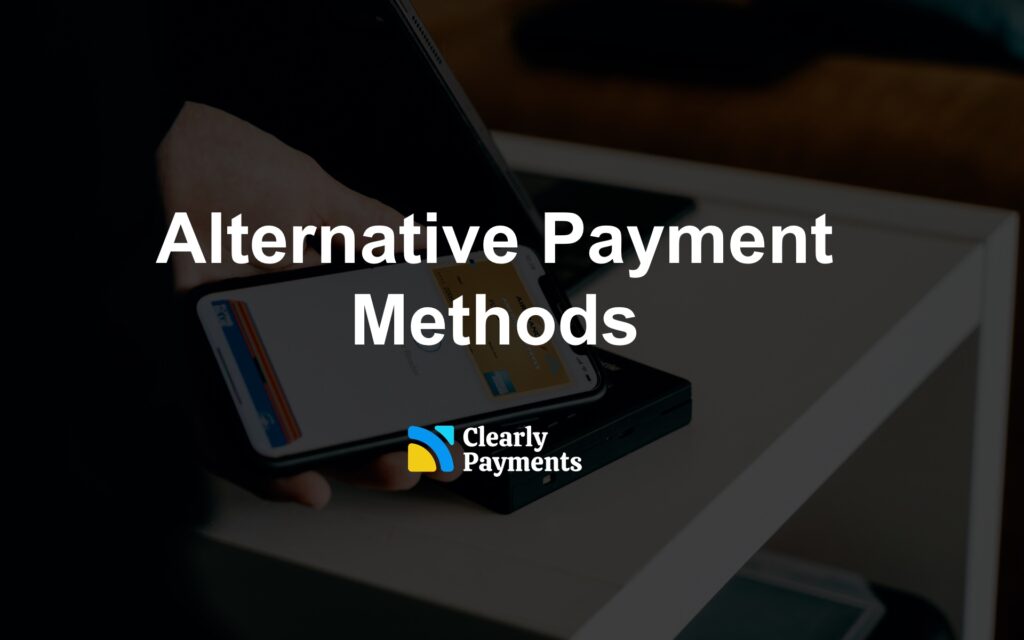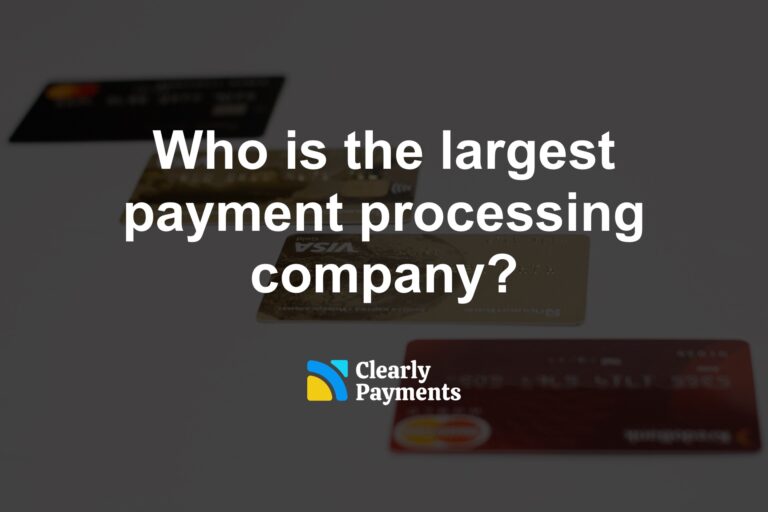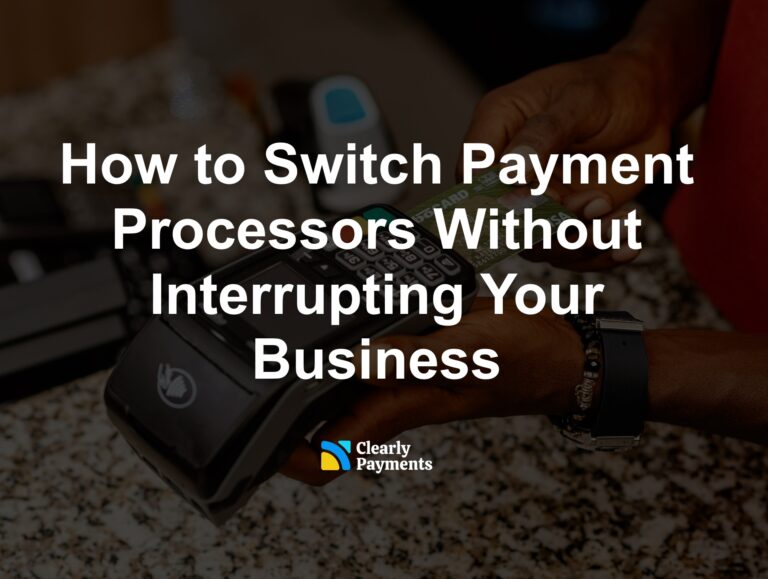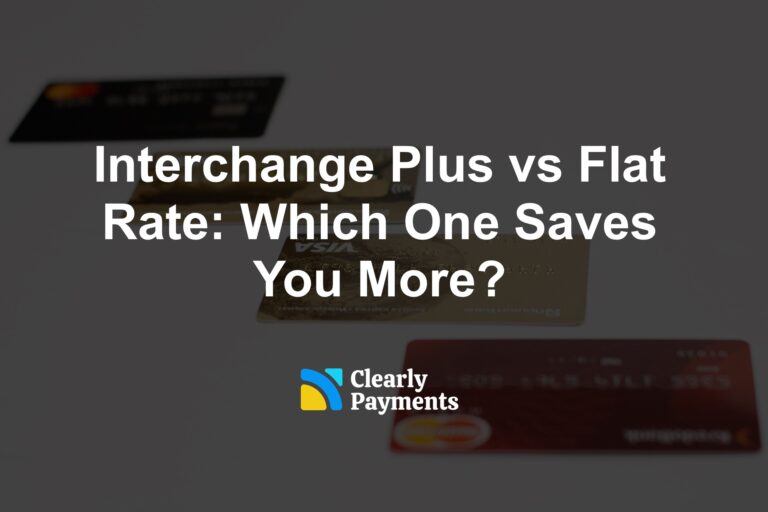Alternative Payment Methods (APMs) have become a big part of today’s evolving fintech landscape, as consumers seek faster, more convenient, and secure ways to pay.
As digital transformation continues, new payment methods have grown beyond traditional credit and debit cards, reshaping the way businesses accept payments and how customers choose to make them.
This guide provides an overview of popular Alternative Payment Methods, their impact, and why they’re becoming critical for businesses worldwide.
What Are Alternative Payment Methods?
APMs refer to any payment methods outside traditional credit or debit cards. These methods leverage digital wallets, mobile payments, bank transfers, and other innovative technologies to deliver more flexible options for consumers. APMs are particularly valuable in e-commerce and global transactions, where customers have diverse preferences and local payment habits.
Key Statistics on Alternative Payment Methods
- Global Growth: APMs accounted for 58% of global e-commerce transactions in 2023, and they’re expected to exceed 70% by 2027.
- Digital Wallet Dominance: Digital wallets, led by PayPal, Alipay, and Apple Pay, have become the most popular APM worldwide, making up over 40% of e-commerce payments globally.
- Region-Specific Preferences: In Europe, 36% of online purchases are made through bank transfers, while Asia sees a dominance of digital wallets at 70% of transactions.
- Cryptocurrency and BNPL: Cryptocurrency use in payments is projected to grow to $250 billion by 2030. Buy Now, Pay Later (BNPL) services also surged, with a 400% increase in usage since 2018.
Top Types of Alternative Payment Methods
Digital Wallets
- What It Is: Digital wallets store payment information, enabling easy purchases with a smartphone or computer.
- Popular Examples: PayPal, Apple Pay, Google Pay, Alipay, WeChat Pay.
- Why It Matters: Digital wallets eliminate the need for physical cards, simplify transactions, and enhance security. In the U.S., 40% of e-commerce payments are completed using digital wallets, and that number is growing.
Bank Transfers
- What It Is: Customers authorize direct transfers from their bank account to the merchant.
- Popular Examples: SEPA in Europe, ACH in the U.S., iDEAL in the Netherlands.
- Why It Matters: Especially popular in Europe, bank transfers offer lower transaction fees and a higher level of trust for customers. 15% of European online transactions occur via bank transfer.
Buy Now, Pay Later (BNPL)
- What It Is: Allows consumers to make purchases and pay in installments, often interest-free.
- Popular Examples: Afterpay, Klarna, Affirm.
- Why It Matters: BNPL appeals to younger shoppers looking for flexibility, accounting for 20% of e-commerce spending among Millennials and Gen Z. By 2026, BNPL is expected to grow by 15% annually.
Cryptocurrencies
- What It Is: Digital or virtual currencies that use cryptography for security, enabling decentralized transactions.
- Popular Examples: Bitcoin, Ethereum, USDC (stablecoins).
- Why It Matters: Cryptocurrency payments offer transparency and low fees, especially for cross-border payments. Though adoption remains niche, over 30% of crypto holders in the U.S. have used it for purchases.
Direct Carrier Billing
- What It Is: Charges purchases directly to a customer’s mobile phone bill.
- Popular Examples: Fortumo, Boku.
- Why It Matters: Ideal for low-cost digital services, direct carrier billing is popular in emerging markets where banking access is limited.
QR Code Payments
- What It Is: Users scan a QR code to complete transactions through a linked digital wallet.
- Popular Examples: QR codes in WeChat Pay, AliPay.
- Why It Matters: Simple and widely adopted in Asia, QR code payments accounted for 90% of China’s digital payments in 2023, facilitating fast, in-person transactions.
Prepaid Cards and Vouchers
- What It Is: Users load funds onto prepaid cards or use vouchers to make purchases.
- Popular Examples: Paysafecard, Neosurf.
- Why It Matters: Popular in gaming and online entertainment, prepaid cards provide privacy and budget control, making them a secure option for online payments.
Biometric Payments
- What It Is: Payments confirmed through fingerprint, facial recognition, or iris scanning technology.
- Popular Examples: Apple Face ID, Samsung Iris Scanner.
- Why It Matters: Biometric payments add a layer of security, and as of 2024, 60% of consumers are comfortable using biometrics for purchases.
Why Alternative Payment Methods Matter
With consumers increasingly expecting choices at checkout, adopting APMs can boost sales and reduce cart abandonment. Here’s why APMs are becoming essential for businesses:
- Higher Conversion Rates: Studies show that offering APMs can reduce cart abandonment by up to 40%, as customers are more likely to complete purchases when they find their preferred payment method.
- Expanding Global Reach: Different regions have different payment preferences, and by accommodating APMs, businesses can access markets they may otherwise miss. For instance, 64% of Southeast Asian consumers prefer e-wallets over credit cards.
- Enhanced Security: Many APMs offer built-in security, such as two-factor authentication or biometric verification, providing customers with confidence in the safety of their transactions.
Future of Alternative Payment Methods
Alternative payments are expected to grow significantly as technology advances and global connectivity improves. The trend toward mobile-first solutions, AI-driven personalization, and a cashless society is driving innovation. As younger, tech-savvy generations prioritize convenience and security, the demand for APMs will continue to reshape payment landscapes worldwide.
Key Takeaways for Businesses
For businesses considering APMs, here are some strategic points to keep in mind:
- Understand Your Market: Research which APMs are popular in your target regions. Digital wallets might be essential for U.S. consumers, while direct bank transfers are preferred in Europe.
- Invest in Security: As more payment options come into play, prioritizing security in every transaction will help build trust with customers.
- Embrace Mobile-Friendly Options: With mobile commerce projected to make up 73% of all e-commerce sales by 2024, optimizing for mobile payments is crucial.
By offering a range of APMs, businesses can enhance customer satisfaction, drive conversion rates, and expand globally. In a world where convenience, security, and speed are non-negotiable, APMs are not just alternatives but essential tools for success in the modern market.




